Team Malizia – a new approach to the twin challenge of The Ocean Race and the Vendée Globe
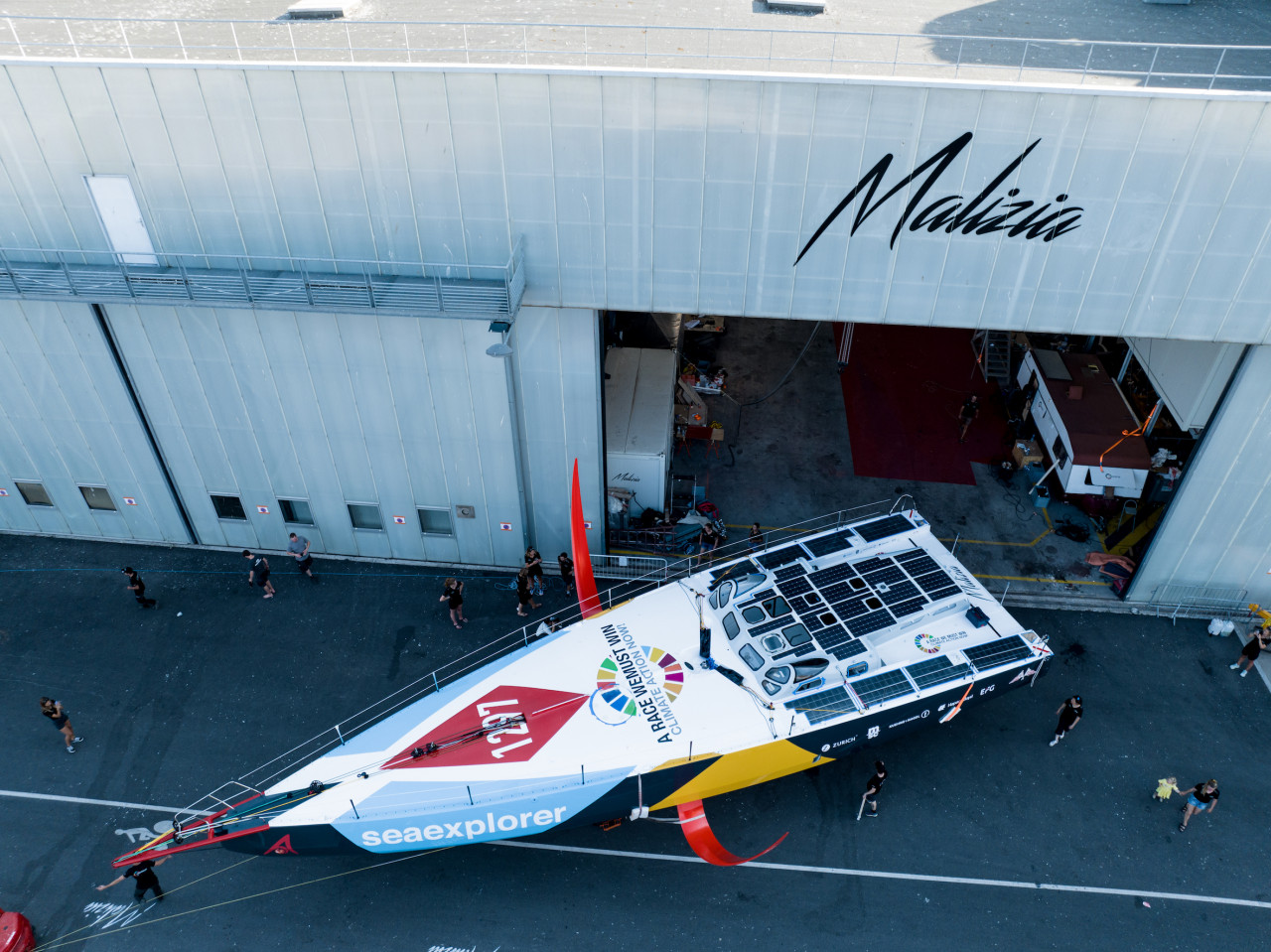
In the fast-growing world of IMOCA sailing, there are all sorts of teams – French, international, large, small, well-funded and not so – but one that stands out right now is the group behind the charismatic German skipper Boris Herrmann.
This outfit is one of up to five or six in the Class that is taking on the pioneering challenge of both The Ocean Race – starting from Alicante in Spain in January – and the next Vendée Globe, starting in November 2024.
It’s a massive schedule and as a result the Malizia team has grown to meet it. Right now, it is one of the biggest IMOCA operations in Lorient with more than 45 people working together in the “IMOCA capital” as the team’s new boat – designed by VPLP – comes out of the shed for the first time.
Malizia - Seaexplorer has a hectic plan of sailing ahead of it, with the Défi Azimut-Lorient Agglomération followed by the Route du Rhum Destination Guadeloupe, then a reverse transatlantic and then The Ocean Race. So there is a huge amount of work to do as the group commissions and prepares this boat for the challenges ahead.
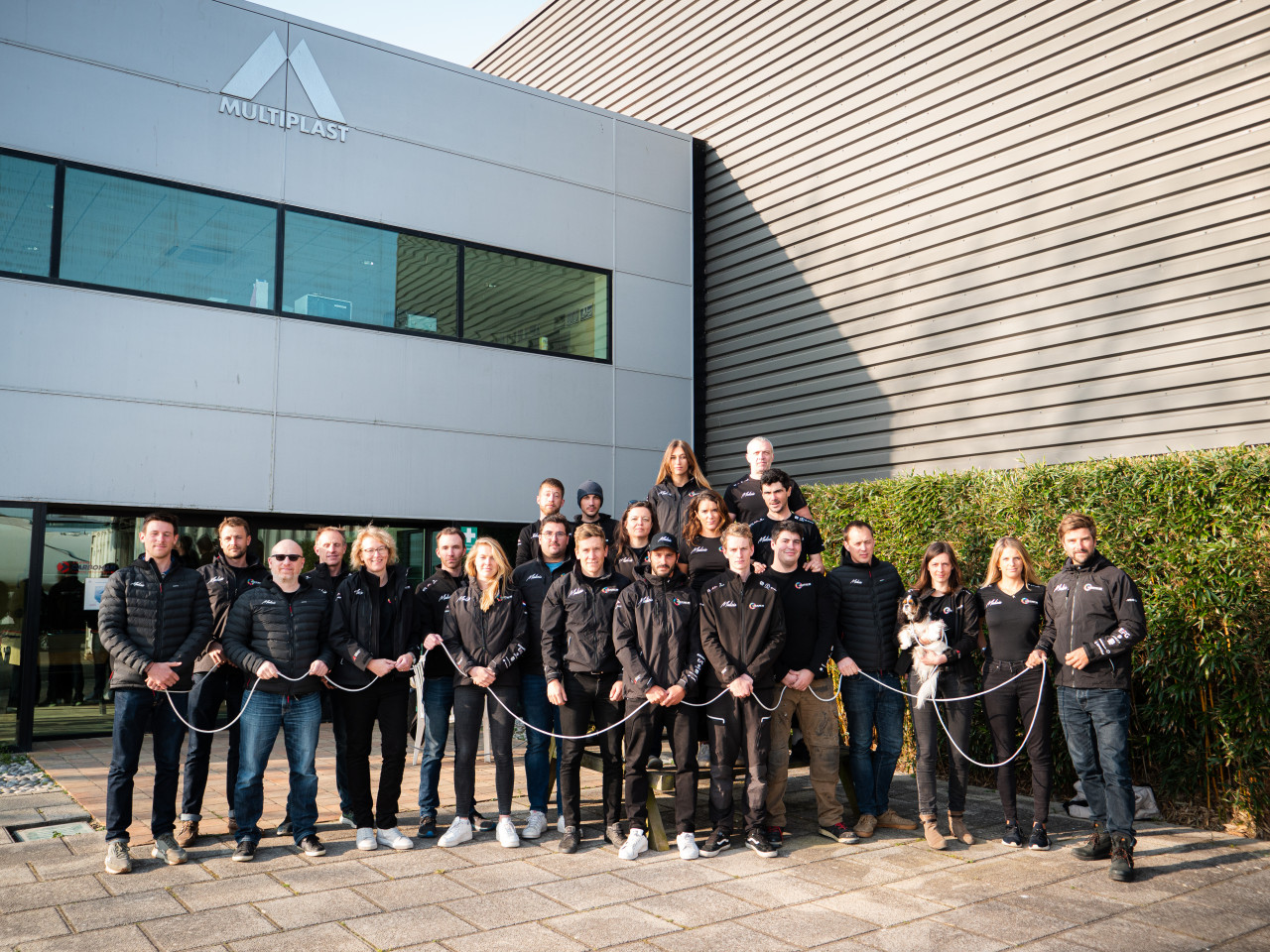
This is a team of many nationalities with 11 at the last count and most of them have come to Brittany to answer Herrmann’s call. That means they are not living at home. “We don’t do hotels and we are from all over the world,” explains Holly Cova, the British team director who formerly worked as a corporate finance lawyer.
“It’s not like we are a French team where often everyone is based here,” she adds, “so we all live together. We have five team houses in Lorient and I live in a house with seven of us. And it is definitely a younger team than some – I’m 32 and Louis (Viat, the team manager in charge of the boat build and the team here) is 36, so it’s pretty different from some of the other team set-ups and vibes.”
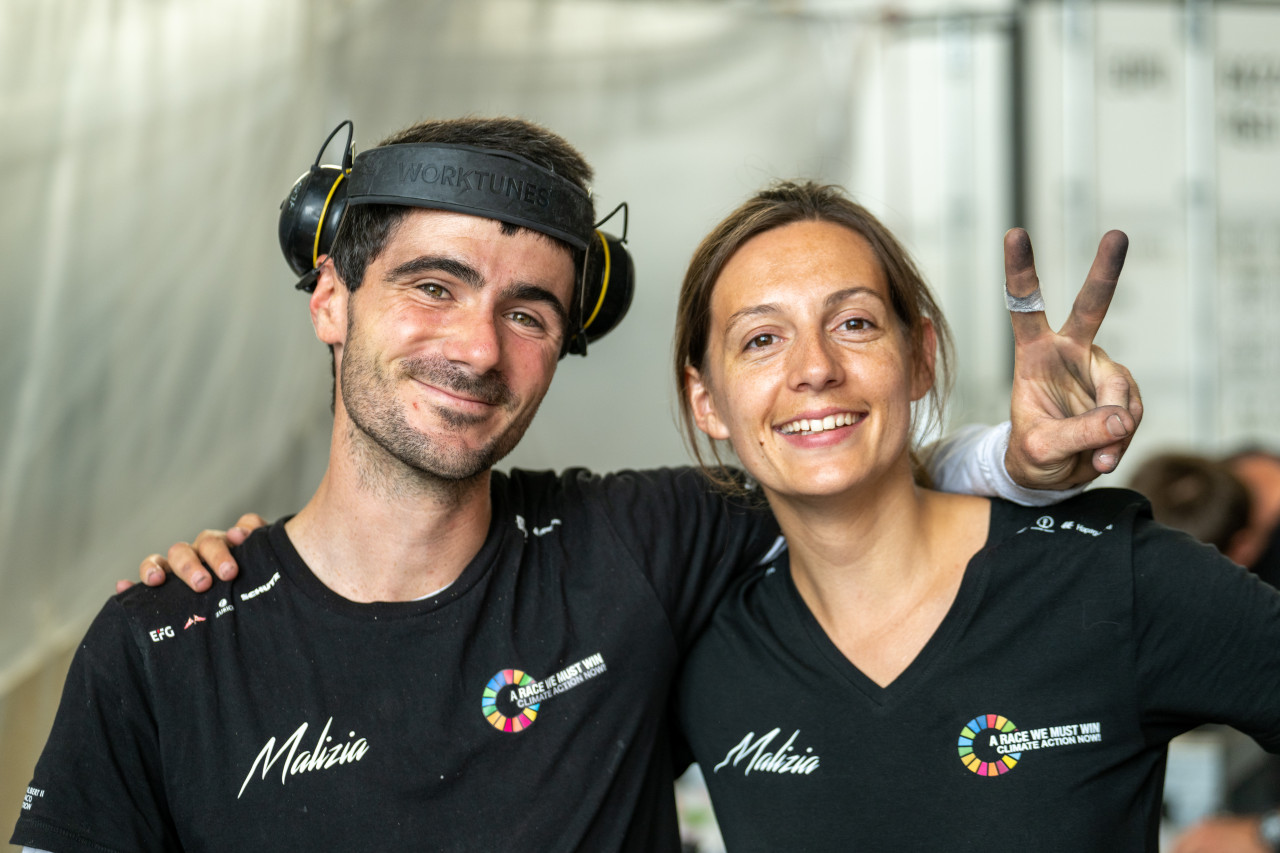 © © Ricardo Pinto | Team Malizia
© © Ricardo Pinto | Team Malizia
The other distinctive feature is the flat management style – Herrmann is still the skipper, but he is not in the mold of an old-fashioned boss. “Ultimately when it is solo racing, it is still his boat and his project, but he very much wants to see it as Team Malizia and not just him,” explained Cova. “He is not doing two legs of The Ocean Race for instance and Will (Harris, British ex-Figaro sailor) will be the skipper when he is not on board. When you are sailing, there always comes a point when one person has to take a decision and that’s still going to be Boris, but there is input from everyone else and he does not want to be this all-powerful skipper who excludes input from anyone else.”
Dividing up responsibilities and goal-setting between the two major objectives is not how they are going about it. The new boat has been built to meet the needs of both races without significant alterations and the team is working on both campaigns at once. They see one challenge as leading onto, and preparing them, for the next one.
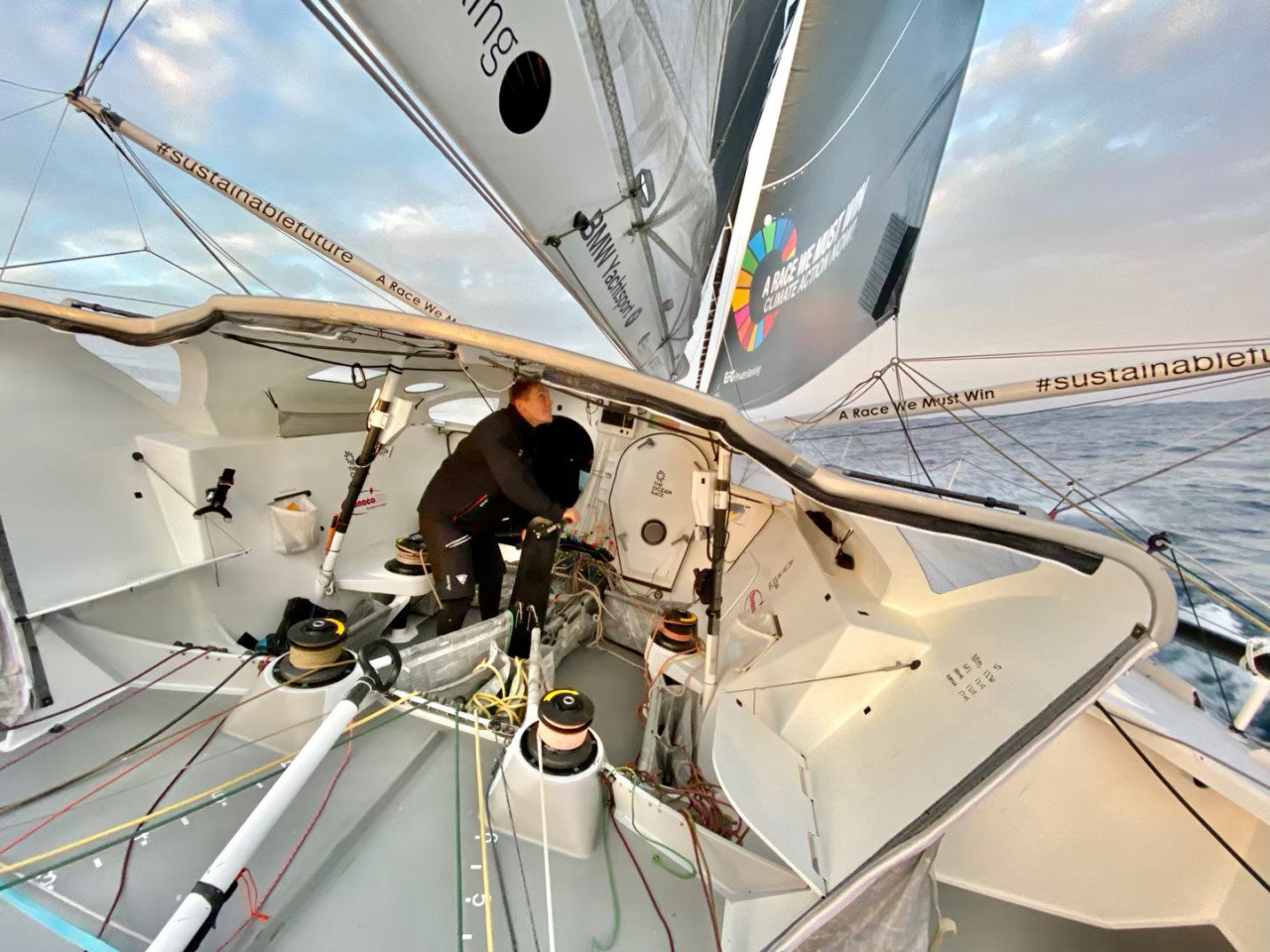 © © Team Malizia
© © Team Malizia
“We see the two races as very complimentary to each other,”said Cova. “Of course one is solo and one is for a crew, but the opportunity to sail the boat as a team through the Southern Ocean in The Ocean Race, for example, is something new and exciting and will test the boat to the extreme before the Vendée Globe. In my opinion, other skippers are missing a great opportunity by not doing it. They have the chance to do it and it is the perfect test-bed for the Vendée Globe, if you only see it like that, not just for us but for our partners, with all the opportunities to activate at stopovers as well.”
Herrmann’s team know it is up to them and their rivals taking on The Ocean Race for the first time to prove that it can be done and that it does not require unlimited expenditure to get a boat and a team supporting it around the seven-stage course. In fact, when it comes to the budget, they are thinking about how things used to be done in the early years of the fully-crewed round-the-world race.
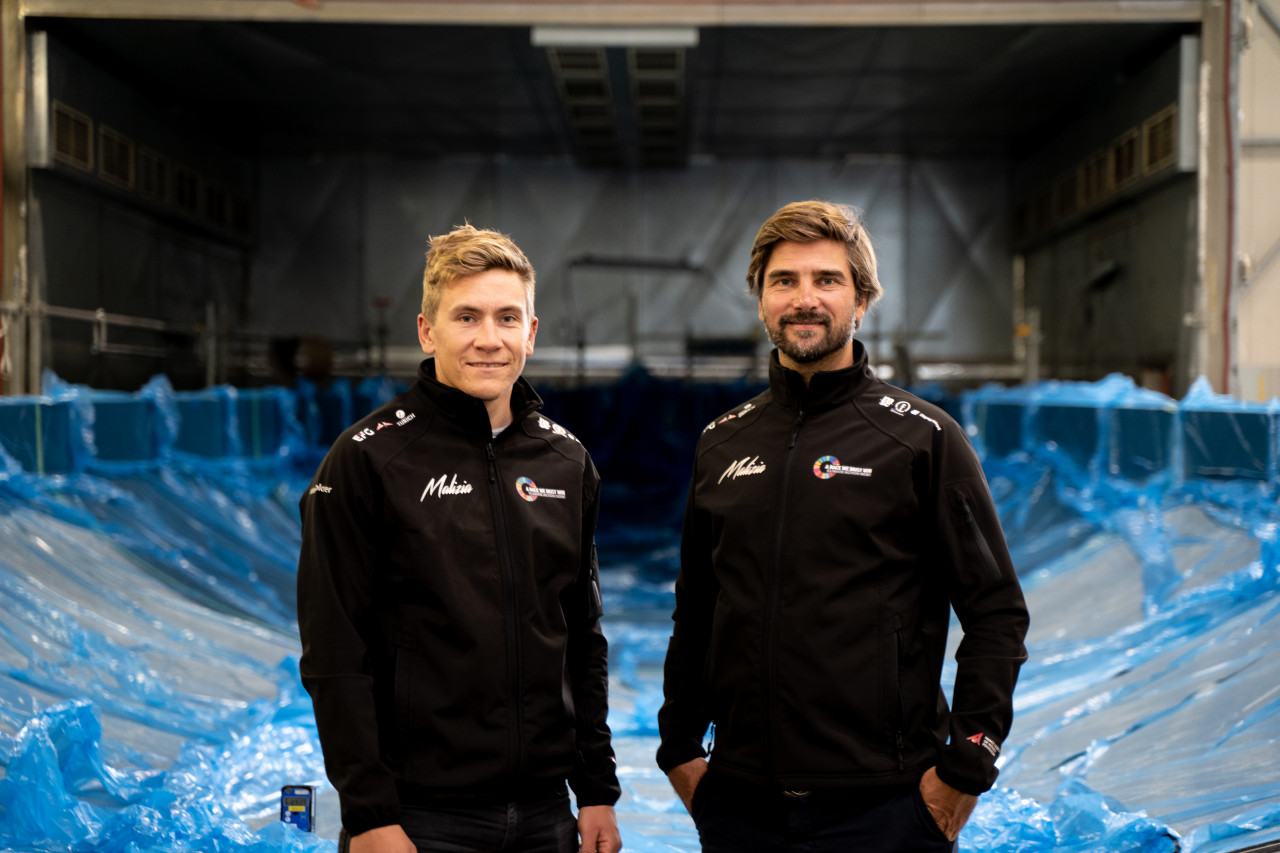 © Yann Riou - polaRYSE
© Yann Riou - polaRYSE
“It will be up to us and the other teams that have entered to prove that it can be done and to show that this is possible on an IMOCA budget and not a typical Ocean Race budget,”explains Cova. “It is going to be a pretty different race from last time – we are not going to be shipping four containers of gear around the world. We are going to do it in our own style and yeah, it will be fun, maybe a bit more like the old style ocean race, the Whitbread.”
Another interesting feature of this group in a Class in which boats often feature one title sponsor – is the way they have assembled a family of seven partners who are all on roughly the same level. Team Malizia is backed by its founding partner the Yacht Club de Monaco, by EFG International (Swiss bank), Zurich Group Germany (Swiss insurance multinational), Kuehne+Nagel (German/Swiss logistics), MSC (Swiss-based container shipping), Hapag-Lloyd (German container shipping), and Schütz (German packaging and materials company).
Herrmann and his group have worked with all of them to bring them together behind the team’s core commitment to ocean health and the need for policy change on climate, as summarised by their title slogan: “A Race We Must Win. Climate Action Now” which will feature on Malizia - Seaexplorer sails.
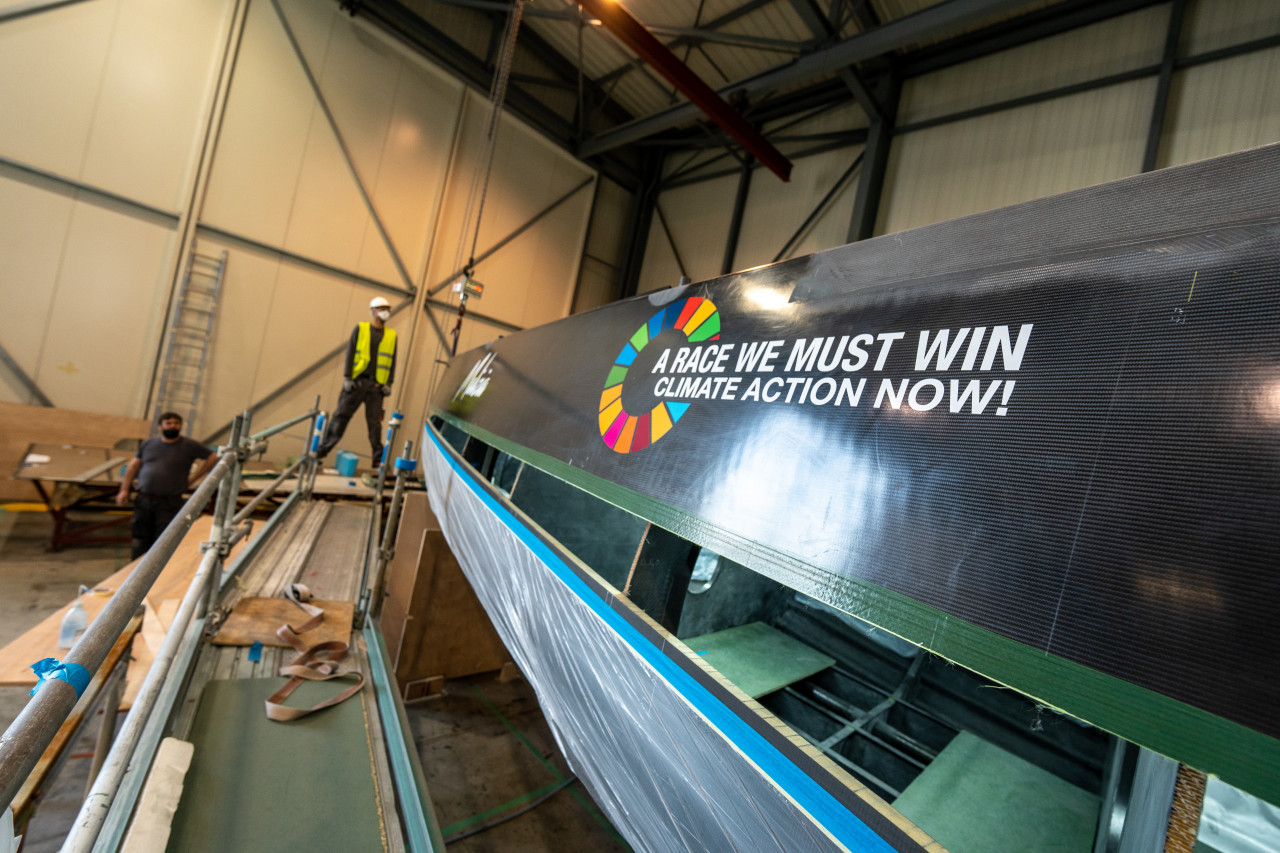 © Yann Riou / polaRYSE
© Yann Riou / polaRYSE
“In France it is a bit different, but in Germany it’s not so common for one company to sponsor a big sailing project,” said Cova. “For us, we obviously have this bigger message around climate change and climate action and so it became obvious that if we wanted to keep that – in fact we have gone much bigger in our branding with that message – then it works to have partners uniting behind that and not just seeing a big billboard with their name floating around on it. They see more the higher purpose in communicating on that.”
A fascinating aspect of this is that the team has managed to attract three big competitors in the same industry – global logistics. The key there was identifying a shared interest. “They said, ‘when it comes to climate we have to unite.’ It is not just about competing with each other on every single angle. So that’s why it works.” said Cova.
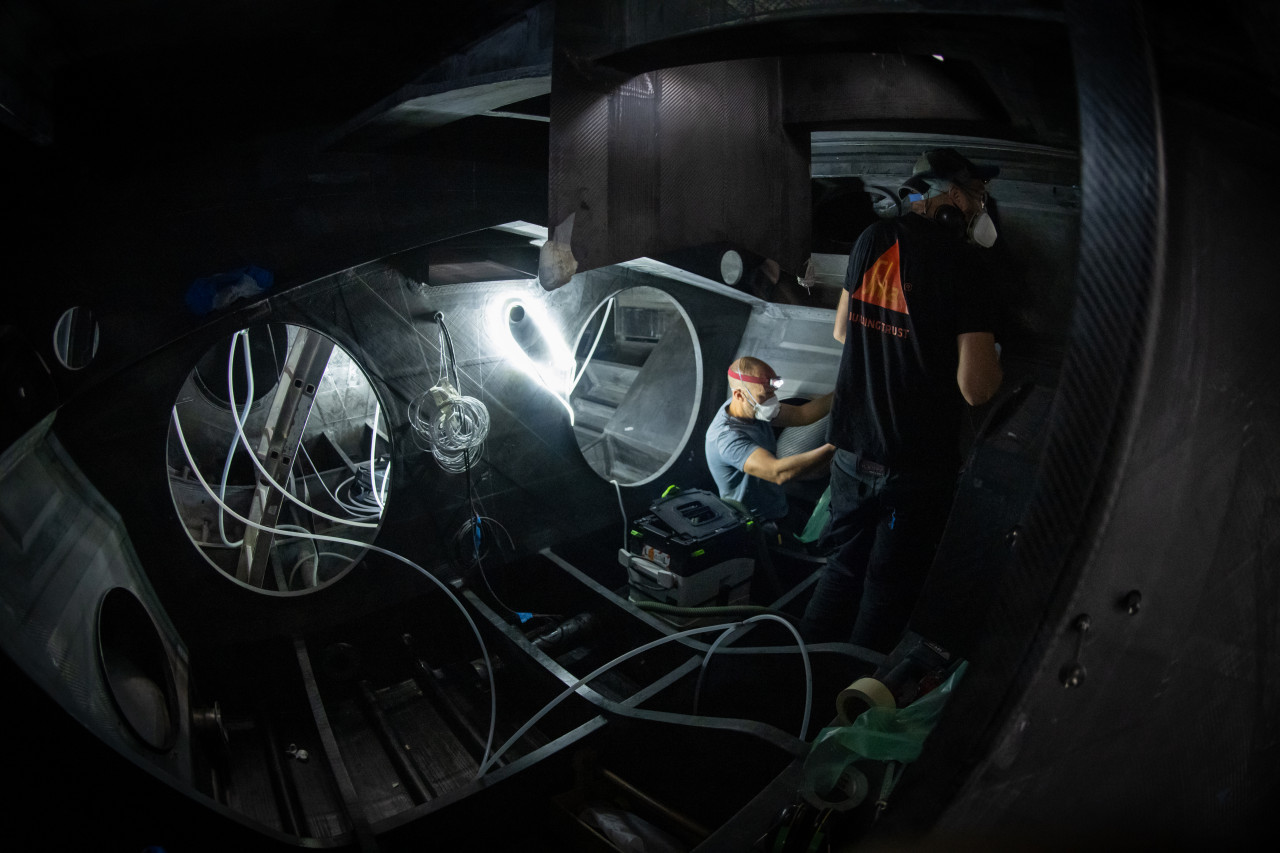 © © Ricardo Pinto | Team Malizia
© © Ricardo Pinto | Team Malizia
Like many of its rivals in the latest generation of foilers, the new boat features a bow treatment designed to prevent stalling in heavy downwind conditions. But this one has also been built with structural reliability as a core goal. Herrmann says it’s a battleship. “Very solid – very, very solid in every sense,” said the German skipper who finished 5th in the last Vendée Globe and won friends all around the world with his easy communications style. “There is probably a fine line between light and heavy and I would say with this boat we have always tried to be exactly on the right line between light and heavy. But, if anything, we are a little bit on the solid and robust side for many systems.”
He said this boat has a hull structure that will not fail. “At the end I had a lot of confidence in the old boat (VPLP/Verdier from 2015 – Gitana 16, now called Fortinet-Best Western), but this is on another level. I will never worry about the hull – this hull will never break structurally anywhere – I’m super-confident about that.”
Herrmann says the current team size will not last beyond The Ocean Race. “We have adapted to the necessity of what we are doing in a way,” he explained. “It is not the plan to remain with 45 people for four years. Of course, the peak period of workload is this summer, commissioning the boat and making it work. Then there is still lots on during The Ocean Race. But after that, we will go back to a more normal IMOCA set-up. We have to do that because of budgetary constraints.”
Ed Gorman
Teams info
THE LIST OF 40 SKIPPERS UNVEILED
The 2020 edition of the Vendée Globe has generated unprecedented interest. As a result, the organisers decided to increase the number of places at the start to 40 for the 2024 edition. 44 skippers applied for this 10th e…
•••Charlie Dalin: The podium in IMOCA is much harder to reach now
Charlie Dalin has particularly enjoyed his convincing win in the New York Vendée-Les Sables d’Olonne race. And that’s partly because he knows that even getting on the podium in the IMOCA Class is becoming more difficult.
•••